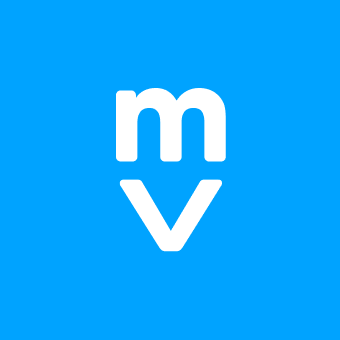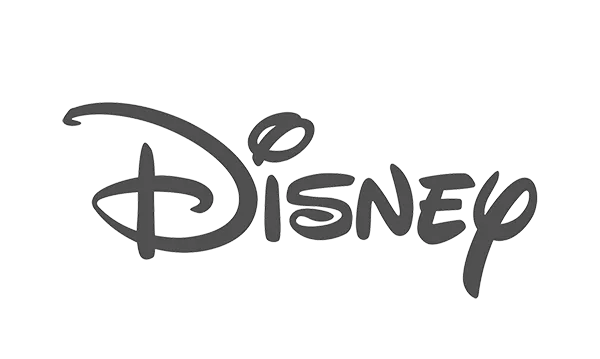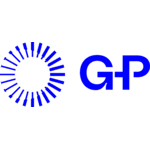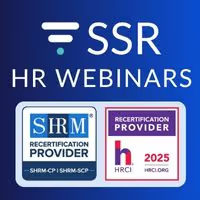Finding the right candidate for your company can be a difficult task. So it only makes sense that you do your best to retain such talent. According to recent recruitment statistics, new hire retention went up by 82% for companies with effective onboarding. Alarmingly, just 12% of employees are satisfied with their company’s onboarding program. The reasons? Feelings of alienation, lack of clarity about the new role, and no indication of career advancement, among other things.
A well-thought-out onboarding process can help solve the above problems and ultimately reduce employee turnover. This employee onboarding checklist covers all the essential bases your HR team can make great use of, so keep reading!
1. Paperwork
- Forms: After an offer letter has been accepted, it becomes imperative for Human Resources managers to ensure that the new hire complies with all the applicable legal norms. This would differ from place to place, but for the majority of the United States, the Form I-9, which confirms eligibility to work in the U.S., and the Form W-4, which determines federal income tax withholding, are two critical government-mandated documents. Most companies also have a job application form to collect an employee’s data pertaining to work history, education, health information, etc. Check out our experts’ tips and tools to get onboarding documents ready for more details.
- Drug test record: Some companies require their staff to undergo a drug test as part of their background check every once in a while. If your company has a drug testing policy, inform your incoming employee and get their record before they join.
- Employee handbook: An employee handbook is a vital document that lists the HR policies, procedures, code of conduct, and other essential elements of a business. After you hand this manual to your new employee, make them sign an acknowledgement form.
- Bank account details: Although salary is usually credited at the end of the month in most companies, setting up a new salary account might require multiple visits to a bank. This is why it’s best to get this part of the work done at the earliest for a smooth onboarding experience.
2. Pre-Boarding
- Welcome kit: You only have one chance to make a first impression. Welcome kits can help you make a good one. While big tech companies such as Google and Dropbox are known for their extravagant welcome packages, you don’t necessarily have to shower your new hire with fancy gifts. Thoughtful gestures, such as sending a book to your incoming employee with a warm welcome message, are equally appreciated by employees. If your company is remote, this employee onboarding process might do wonders for your employee engagement.
- Email to the new employee: Your incoming employee might be wading through a sea of ambiguity before starting their new job. As a Human Resources professional, it’s your duty to counter their confusion with information. Send them a welcome email delineating everything they need to know before arriving, such as start date, start time, directions, first day schedule, things to bring, and details of the contact person.
- Email to the team members: It’s good to give your existing employees a heads-up about the new hire. Send an email to your employees describing the background of the new hire, the team they will join, and their start date.
3. Office Prep
- Equipment: What constitutes equipment would vary from job to job, but you don’t want your new employee to scout around for work essentials on their very first day. Make sure the new hire’s workstation is set up properly and has all the required items, such as a desktop, office phone, office ID, keys, and business cards. What if that’s a remote employee who needs onboarding? Then you’d want to send the work equipment to their addresses well in advance.
- Software and account setup: Create the new employee’s email account, add them to mailing lists, calendars, team collaboration tools, and project management platforms, and install all relevant software on their computer. Consider sharing the onboarding plan with them by creating their account on any of the top onboarding software platforms. This would help them prepare better for what’s to come.
4. Intros and Tours
- Meet with the team: This ideally happens on the employee's first day of work. However, some companies have adopted the practice of informally meeting the new employee prior to his or her joining. Whatever your process may be, spend a substantial amount of time making the new joiner feel included. In order to have clarity about their own work, the new employee should know what the other team members specifically do. Assigning a buddy or a mentor would also be very helpful in acclimating the new employee.
- Meet with the leaders: Introduce your new hire to the managers, CEO, and other leaders. The leaders would be able to explain better the company’s history, mission, organizational culture, values, and future plans. This would also help the new employee feel involved.
- Office tour: Give a tour of all the important areas of the office to your new joiner on day one. This includes but is not limited to the restroom, HR office, kitchen, parking space, work station, and the clinic.
5. Training
- General training: Before you start your new hire orientation program for a specific job description, it’s good to educate a new employee on the company culture, processes, expectations, objectives, and their role in making an impact. This step would give the employee a sense of direction and motivation to perform well.
- Job-specific training: Every team has its own culture, unique workflows, and different tools used for work. The work of a writer would be vastly different from that of a marketer. This is why, for a successful onboarding, mentors must teach the nitty-gritty of their craft to the new team members. For instance, salespeople need to gain a comprehensive understanding of the company, their used CRMs, workflows, etc., before they can begin their sales pitches. Likewise, developers need to spend time understanding the codebases and architectures. A good learning management system, or LMS, is paramount for effective onboarding. And even a free LMS can make a difference.
6. Check-ins
- First week check-in: With so much to learn and so many things to get a hang of, the first week at a new company is usually overwhelming. Check in with your new employee at the end of the week to ensure they feel welcomed and are comfortable dealing with the new software.
- First-month check-in: By now, your new hire should have started to get the hang of work. Although managers should have regular check-ins throughout the first year of the new hire, the first-month milestone is significant. Given that almost half of employees would find it very difficult if their pay were delayed by one week, it’s wise to ensure that your employee receive their first paycheck on time and check in with them to see if they’re getting along with everyone and making satisfactory progress at work.
- Three-month check-in: New hire retention went up by 82% for employers with effective onboarding, so if you want to improve your retention, check in regularly with your employee for the first three months. Review their work frequently, give them thoughtful feedback, schedule relevant training, and organize social gatherings.
7. Performance Reviews
- Feedback and appraisal: The entire onboarding process usually comes to an end after the first year. If your template for onboarding were thoughtfully curated, it would likely reflect in the employee's performance. Give constructive feedback and discuss any changes to incentive compensation.
- Future development: Encourage your employee to share his or her future aspirations and help create a roadmap for the same.
TLDR
To be effective, an employee onboarding checklist should cover paperwork, pre-boarding, office prep, intros and tours, training, check-ins, and performance reviews.
Integrating a new employee into your company can look like a daunting task, but it doesn’t have to be. This onboarding template has been made after hours of research and draws inspiration from companies that boast of a great hiring culture. Use it to improve your employee experience, satisfaction, and retention rates.



























